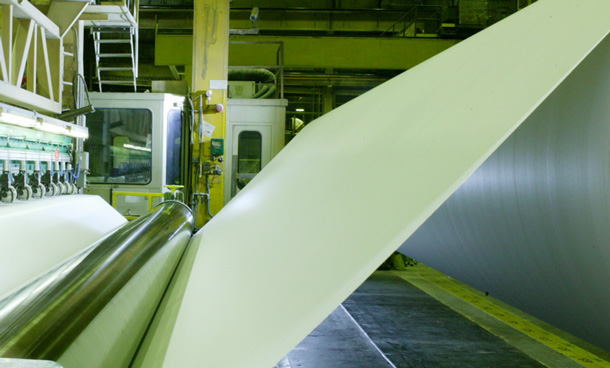
NEW YORK – Last week brought another spate of discouraging news for the newspaper business, with a walkout over planned cuts to editorial staff at The New York Times, reports The Wall Street Journal will cease production of many of its overseas print editions, and an alarming drop in revenues at Trinity Mirror, one of Britain’s biggest publishers.
The NYT and WSJnews illustrates that even newspapers with successful digital strategies are still struggling to find their footing in the new media landscape.
On Thursday, NYT editors and journalists staged a walkout in response to management’s plans for a new round of layoffs, which will supposedly hit the newspaper’s copy editors especially hard. The demonstration in front of the NYT’s headquarters, organized by the newspaper union’s local branch, the NewsGuild of New York, included scores of editorial staff.
Many made their point with amusingly misspelled signs about the importance of copy editing.
Protesting staffers explained their motives in a statement circulated by the union: “After a year and a half of uncertainty about their futures, New York Times editors and staff have expressed feelings of betrayal by management. The staff has been offered buyouts and if a certain number of buyouts is not reached, layoffs will ensue for the editorial staff and potentially reporters as well.”
In a separate letter to NYT executive editor Dean Baquet, NewsGuild president Grant Glickson called the plans to slash the number of copy editors by half, from 100 to 50-55, “dumbfoundingly unrealistic.”
Baquet responded in a public statement: “The Times has far more editors relative to reporters or to the number of stories we publish than any of our traditional print peers or our newer digital rivals. After this restructuring, we will continue to invest far more in editing than any of our competitors do… This is a difficult process for us all.”
Also last week, sources at the WSJ told the Financial Times the newspaper will no longer publish and distribute a print edition in Europe, spelling the end of the European edition on newsstands and by delivery.
However, publisher Dow Jones is considering mailing print editions directly to subscribers who request it. The publisher is also planning to scrap free copies and discounted bulk deals for hotels, which are no longer profitable. Business travelers increasingly turn to digital content.
The FT also reported the WSJ is considering cutting its print edition in Asia. There is hope the paper version will survive in at least one major market (which remains unspecified) through a joint venture with a local production partner.
Although Dow Jones declined to comment on the rumors, it did note strong growth in digital subscriptions in Europe and Asia, as well its home market in the U.S. Overall, the publisher added 118,000 net digital subs in the first quarter of 2017.
Finally, Britain’s Trinity Mirror newspaper group, which publishes the Daily Mirror, among other publications, revealed its print advertising revenue plunged 21% in the first half of the year, contributing to a 9% fall in its total revenues for that period.
The decline came despite an 18% increase in digital ad revenues, in what has now become a familiar refrain in the newspaper business: Digital growth fails to offset much larger declines in the legacy print business.
(c) 2017 MediaPost Communications Top Newspapers Still Cutting Jobs, Editions by Erik Sass originally appeared in Online Media Daily on July 3, 2017.







